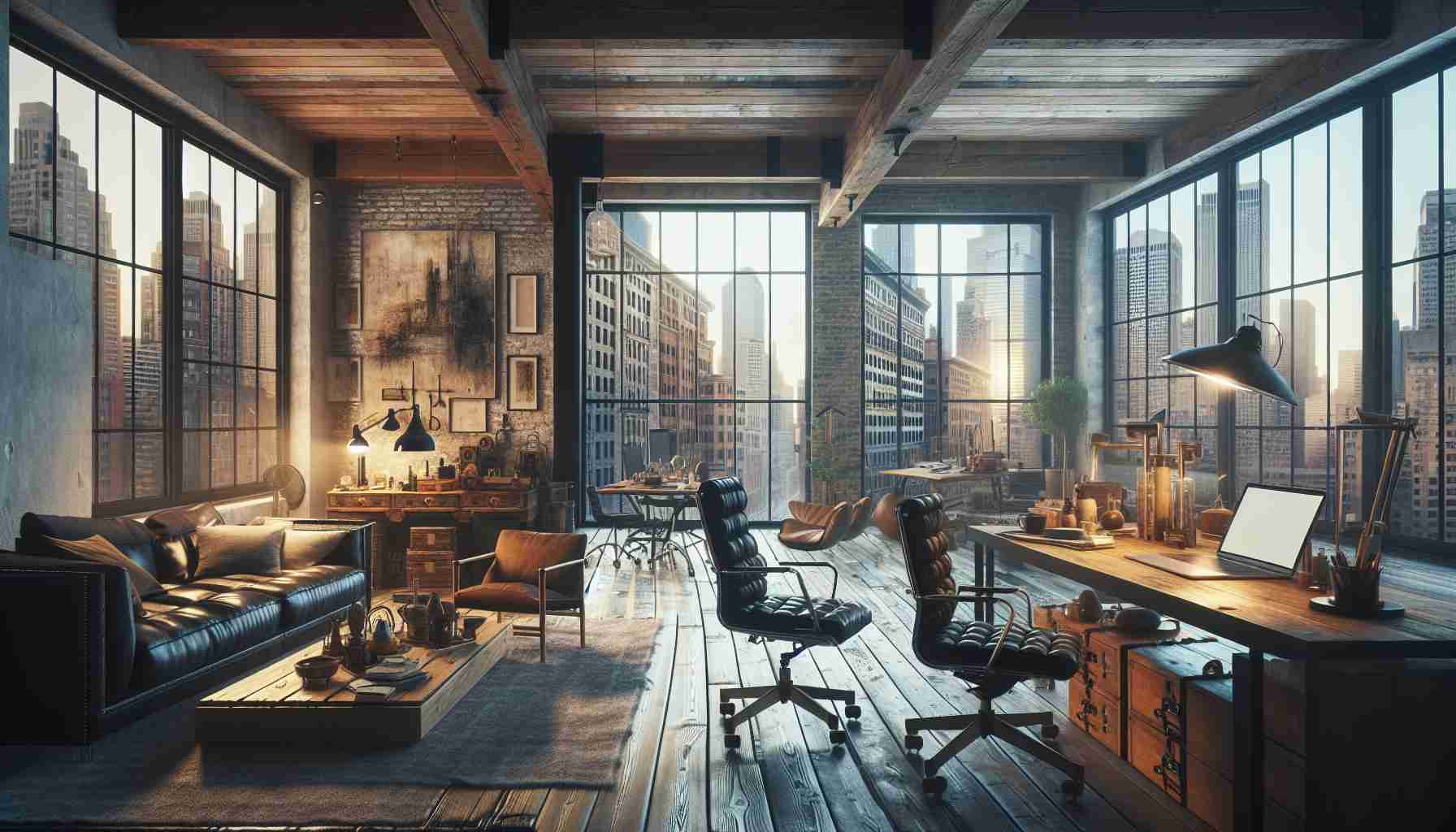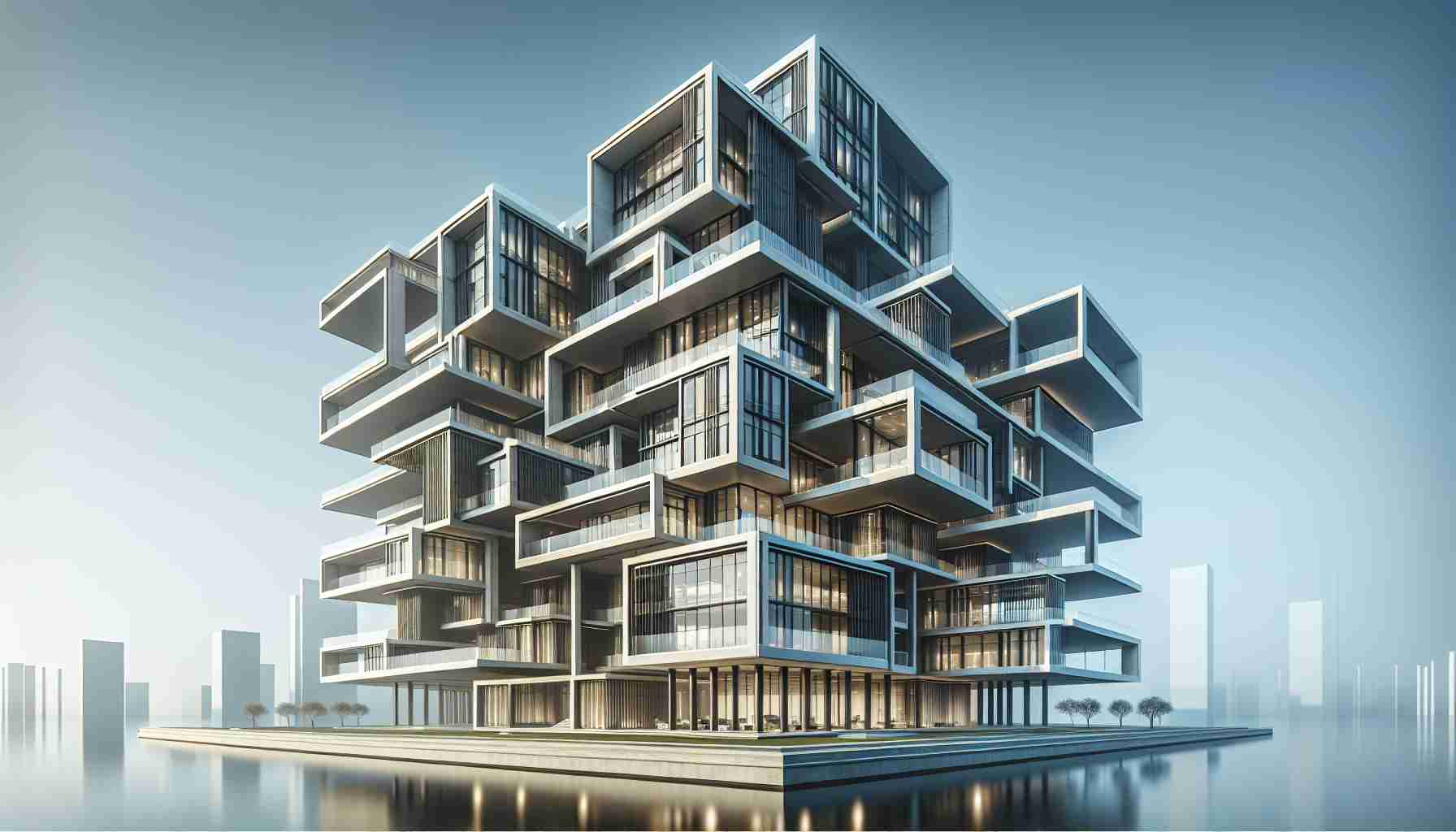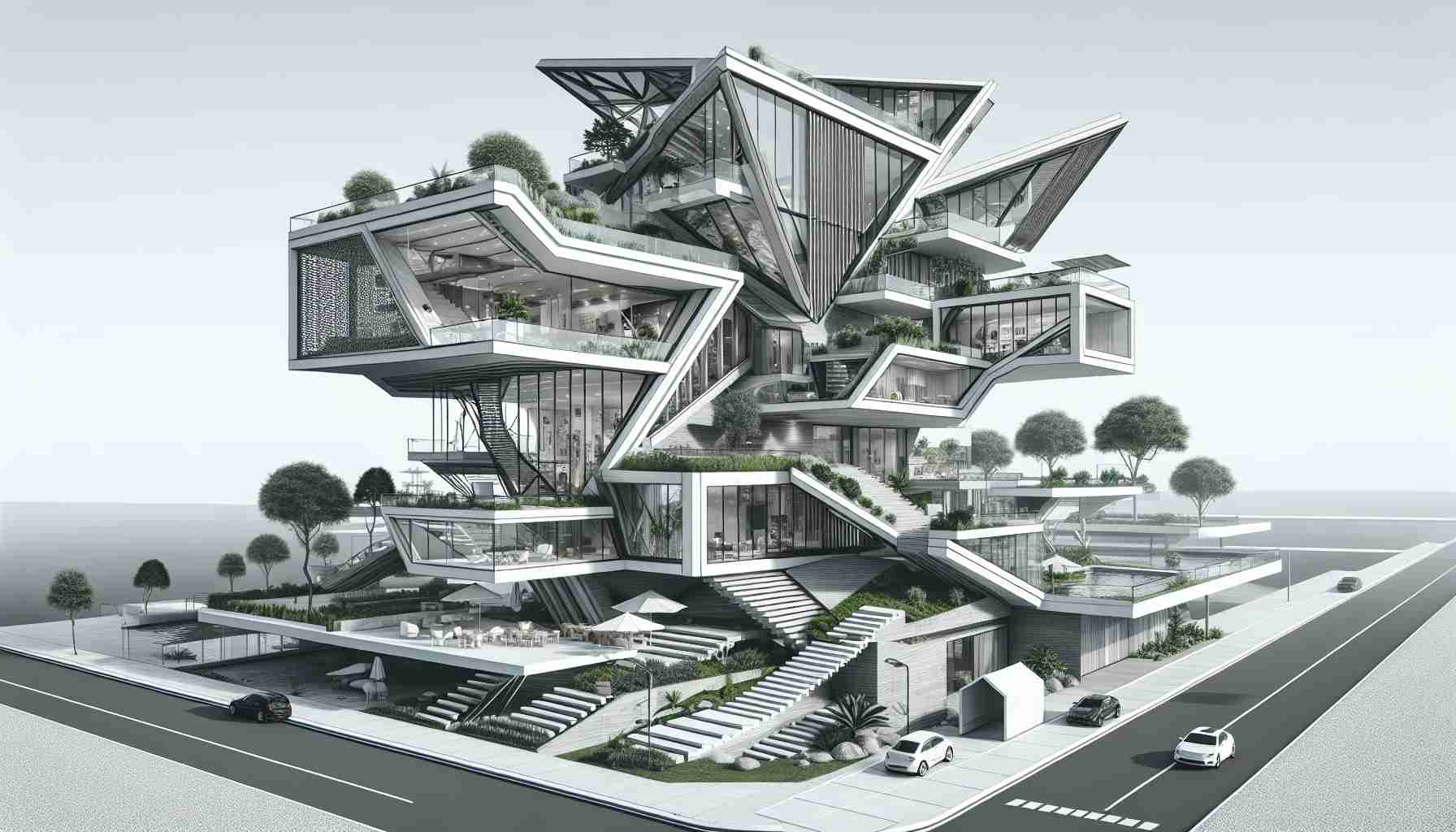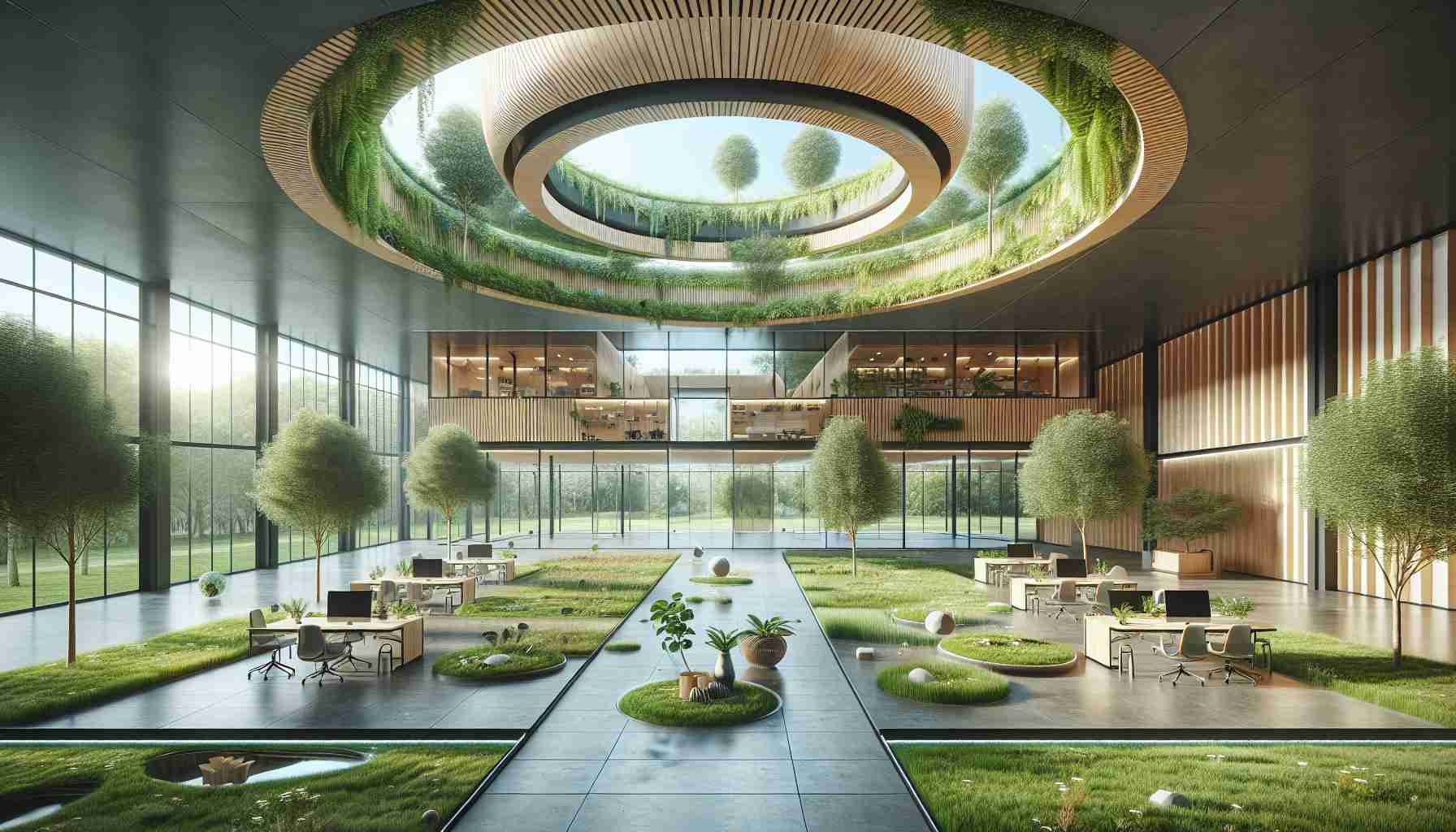Breaking Tradition: A former shop in the bustling city of Palma de Mallorca has undergone a remarkable transformation, evolving into a modern dwelling while honoring its historical roots. No longer constrained by its past, the refurbished structure now stands as a testament to the harmonious coexistence of old and new.
Preserving the Past: Tucked away in the heart of the old town, this revamped residence boasts an unconventional L-shaped layout and a quaint interior patio, effortlessly blending contemporary aesthetics with traditional charm. The artful interplay of light and space adds depth and character to the revitalized home.
A Harmonious Blend: Gone are the days of stark contrasts; the renovated space now embraces a balanced fusion of elements. Oak wood accents soften the rough edges of the original structure, establishing a dialogue between heritage and innovation. This deliberate juxtaposition creates an inviting atmosphere that captivates the senses.
Modern Revival: Embracing the architectural legacy of the building, the designers have artfully intertwined historical features with fresh, contemporary touches. Through a thoughtful selection of materials and strategic design choices, a sense of balance and coherence permeates every corner of the revamped space.
Embracing the Hybrid: The Casa Montisión exemplifies a new design paradigm, one that blends the nostalgia of the past with the promises of tomorrow. By embracing the inherent energies of the existing space, this urban oasis stands as a testament to the transformative power of thoughtful design.
Exploring Urban Revival: In the realm of urban renovations, the fusion of rustic and modern styles is not just a trend but a transformative approach to breathing new life into old structures. How do architects and designers navigate the delicate balance between preserving historical significance and embracing contemporary functionality in such projects?
Preservation vs. Innovation: One of the key questions that arise in the rustic meets modern urban renovation is how to preserve the essence of the past while integrating modern conveniences seamlessly. What strategies can be employed to ensure that the authenticity of the original structure is maintained while enhancing its usability for modern living?
Challenges in Integration: A major challenge in blending rustic and modern styles lies in achieving a cohesive aesthetic that feels natural and harmonious. How can conflicting design elements be reconciled to create a space that feels both timeless and contemporary, without appearing disjointed or forced?
Advantages of Fusion: The fusion of rustic and modern styles in urban renovation projects offers a unique opportunity to create spaces that embody both history and innovation. By combining traditional materials and architectural details with modern design sensibilities, a sense of depth and richness can be achieved that is uncommon in purely contemporary spaces.
Drawbacks of Integration: Despite its allure, the fusion of rustic and modern styles can present challenges in terms of maintenance and upkeep. How can homeowners strike a balance between the charm of rustic elements and the practicality of modern amenities to ensure that the space remains functional and aesthetically pleasing in the long run?
Further Exploration: Those interested in delving deeper into the concept of blending rustic and modern styles in urban renovations can explore inspiring projects and insights from renowned architects and designers in the field. For a collection of thought-provoking resources on this topic, visit Architectural Digest.
Reimagining Urban Spaces: The evolution of urban landscapes through the integration of rustic and modern elements signifies a broader shift in design philosophy, where the past is not merely preserved but actively engaged with to shape the future. How can such transformations instill a sense of place identity and cultural continuity in rapidly changing city environments?











